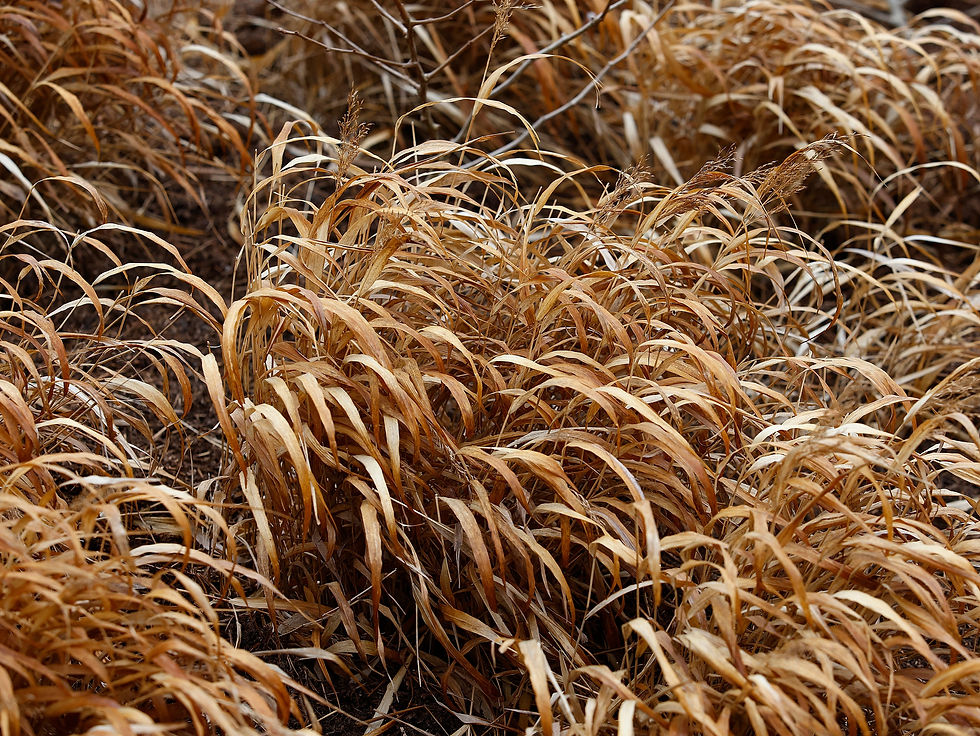Building Your Own Raised Beds
- Katherine Aul Cervoni
- Mar 15, 2021
- 4 min read
Now that our yard is fenced and our lawn is growing in, we're starting our first proper garden project: raised vegetable beds. While in-ground vegetable gardens are absolutely fine, I prefer planting mine in raised beds to ensure ample drainage (especially important for those of us with heavy clay soils) and also to make upkeep and harvesting easier. I also love how tidy and distinct the beds look standing up and apart from what's growing in the ground in the rest of the garden.
Here's a quick guide and some helpful tips for building your own raised veggie beds.
Measure up

You've planned your veggie garden, gotten to know your yard, and found the sunniest spot. Now it's time to decide on the measurements of your raised beds. They can be any size in width and length, as well as height, that you like. I recommend keeping the width between 3' and 4'. That is narrow enough to allow you to maintain and harvest the plants from both sides without having to step into the bed, which can cause soil compaction (a major no-no for veggie gardening) and can lead to accidentally crushed plants.
If you're building more than one raised bed, it's important to give yourself enough space between them to allow for easy access. I recommend a minimum of two feet between raised beds—more if you want to fit a wheelbarrow between them.
*Note: Most lumber comes in board lengths of 6', 8', 10' and so on. Keep this in mind when deciding on your raised-bed measurements so you can cut down on wasted wood.
Choose your wood
My go-to wood for raised beds is sustainable cedar. Naturally insect and rot resistant, cedar will stay strong for many years without needing any sealants*. Whether you choose the more rustic and budget-friendly common cedar or prefer the modern, high-end look of clear cedar, this is the perfect wood for the task. Cedar is a softer wood, which makes it easy to work with from a cutting and drilling standpoint. I'm using 2"x6"common cedar boards. They are thick enough to support the soil without needing an interior box for structure. If you opt for thinner boards, say 1"x4" or 1"x6", you will need to build an interior box of marine-grade plywood or you will end up with a lot of bending and even buckling from the weight of the soil over time.
*Note: Stay away from pressure-treated lumber when building raised beds unless it is not coming into direct contact with your planting soil. The chemicals, particularly copper, that the lumber is treated with can leach into the soil and into your produce.
String it out

We're building our raised beds with a central pathway and want this to be perfectly in line with our gate. To make sure everything would line up and to assess the size and spacing of the beds, we first mocked up the beds in string. This was super helpful and got us really excited to see the space take shape.

Assemble your tools and materials
You'll need:
Lumber. The linear footage will depend on the size of your beds.
Screws. 2 1/2" coated decking screws are my favorite. My project required two, one-pound boxes of them.
Power drill
Level
Measuring tape
Shovel
Pencil
Circular saw, jigsaw, or hand saw
Top soil
Compost
Prep the area

I recommend skimming the grass off of the area where your beds are going and tilling it, which means turning the soil over. If you've got some bare spots in your lawn you can use this excess grass like sod and patch these areas. Otherwise, break it up and mix it into your compost or discard.
**Note: The picture above shows that I started the installation with corner posts and then built up the boxes from there. I ended up building out the sides as modular pieces and then installing. Both approaches are fine. See next section for a step-by-step explanation of how to build the beds.**
Get building
If you've got level ground and are only building your beds one-board (6") tall, then simply screw your board ends together and move forward to the next step. If you're building your beds taller than one-board high and/or have uneven ground that requires custom-cut pieces to fill things out, then start by assembling each of the four sides individually.

To add stability and also make installation easier, I used 2"x2" cedar cut into 18" lengths to use as posts at the four corners of my beds. If you're building beds longer than 6', you'll also want to install posts half-way down each of the long sides to keep your sides from bowing outward under the weight of the soil. I built out the long sides of the beds as modular pieces and found this was easier than installing everything in place.

To install the modular long sides, dig post holes to match your 2"x2" corner pieces and use a level to ensure everything is upright and square. Screw your end boards on afterwards.

If you're like me and building on uneven ground, you'll have to finish by cutting custom pieces to fill out the slivers along the bottoms of the beds.
Fill with soil and compost

The final step before planting is to fill your beds with new soil and compost. I'm using a combination of topsoil and compost to ensure my veggies get plenty of nutrition (vegetable plants are notoriously hungry.) A good rule of thumb for how much compost to use is to fill the top 2-3 inches of the raised bed with compost and then mix it in a bit with the top soil. Be careful not to fill your beds all the way to the brim as the soil may spill out when watered (I like to leave 1-2").

At last, you are ready to plant!




Comments